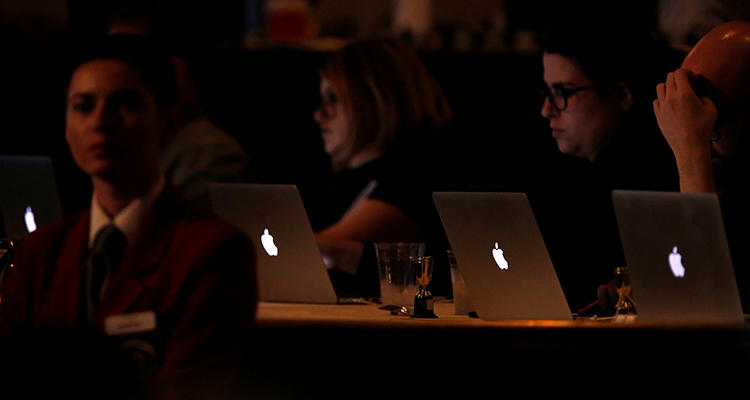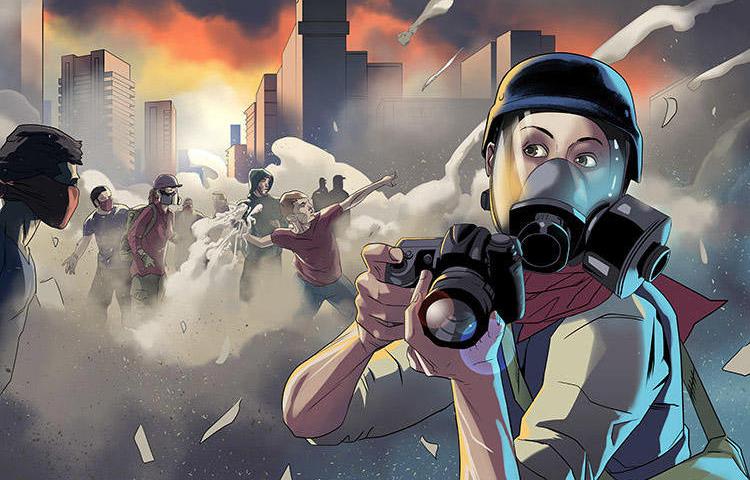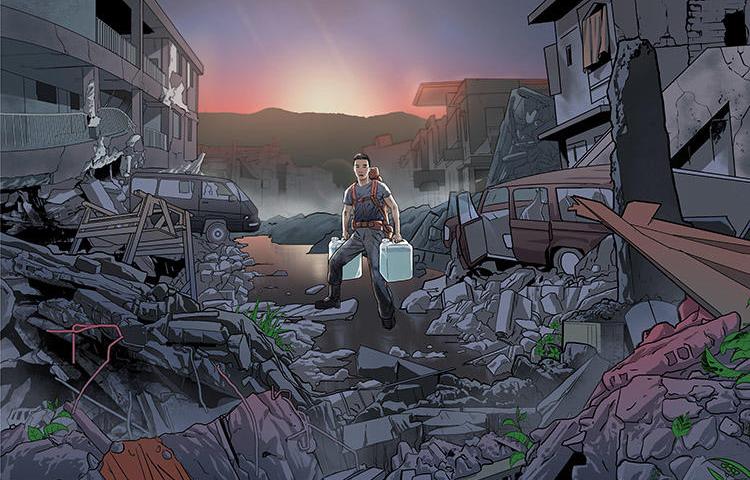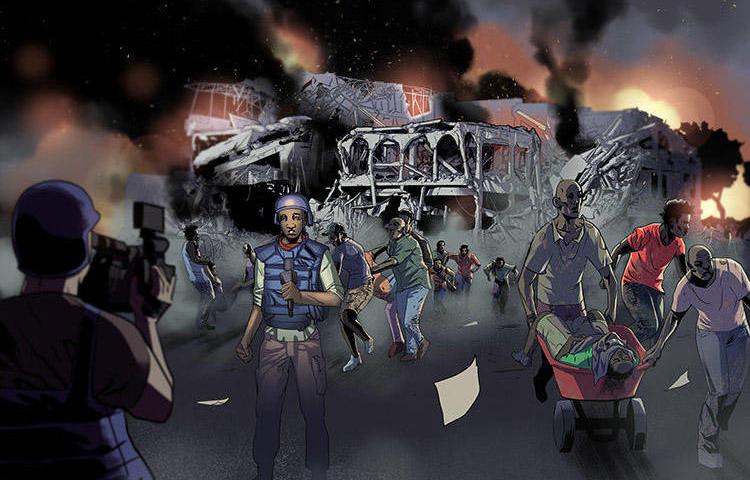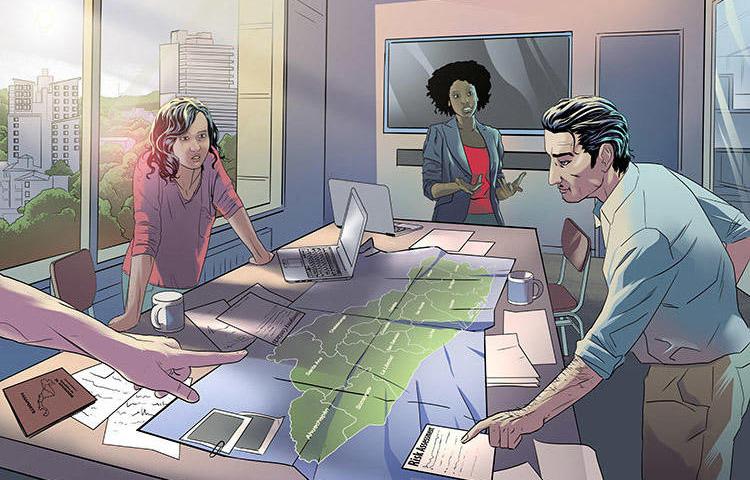
Physical safety: Mitigating sexual violence
Sexual violence can take many forms, including sexual and physical assaults. Any individual can be the subject of sexual misconduct, but journalists are often at risk from a range of people, including sources and members of the public, while they are reporting. That risk is heightened for female or gender non-conforming journalists.
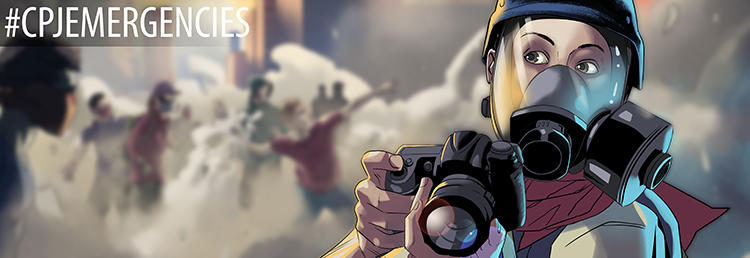
Physical safety: Solo reporting
Solo work is becoming more common, especially for broadcast and video journalists. However, working alone can make journalists vulnerable to physical assault. For assignments in locations such as neighborhoods with high crime rates, protests, or remote areas, it is advisable that journalists do not work alone.
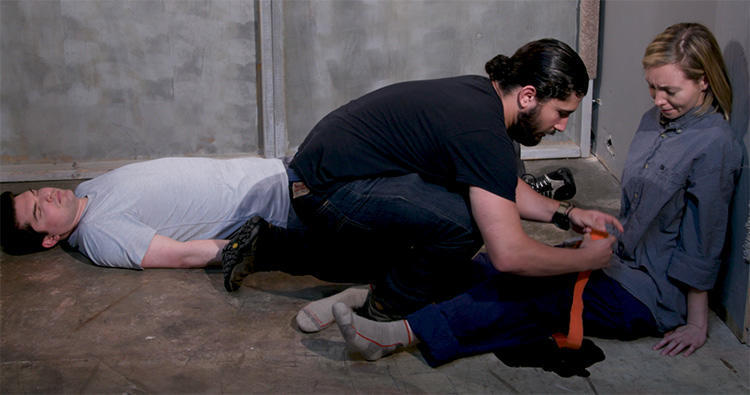
First aid videos
Journalists face the risk of serious injuries while on both dangerous and routine assignments. In situations when emergencies lead to severe injury, journalists should be prepared to deal with medical complications in order reduce the severity of injuries and to save both their lives and the lives of their colleagues.
